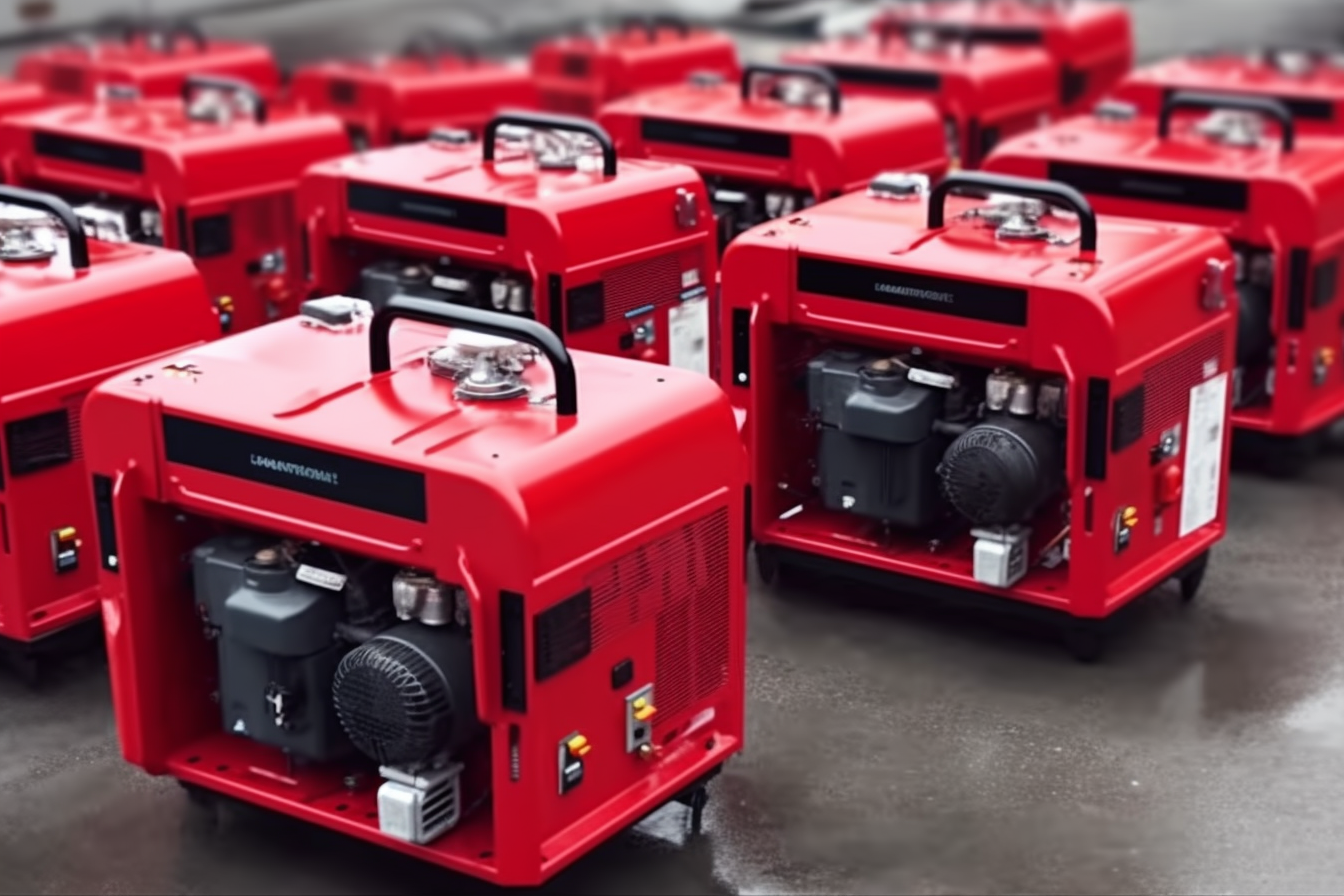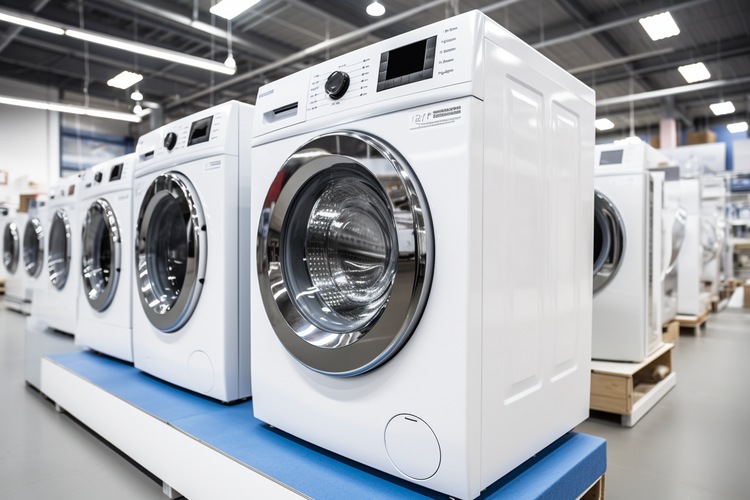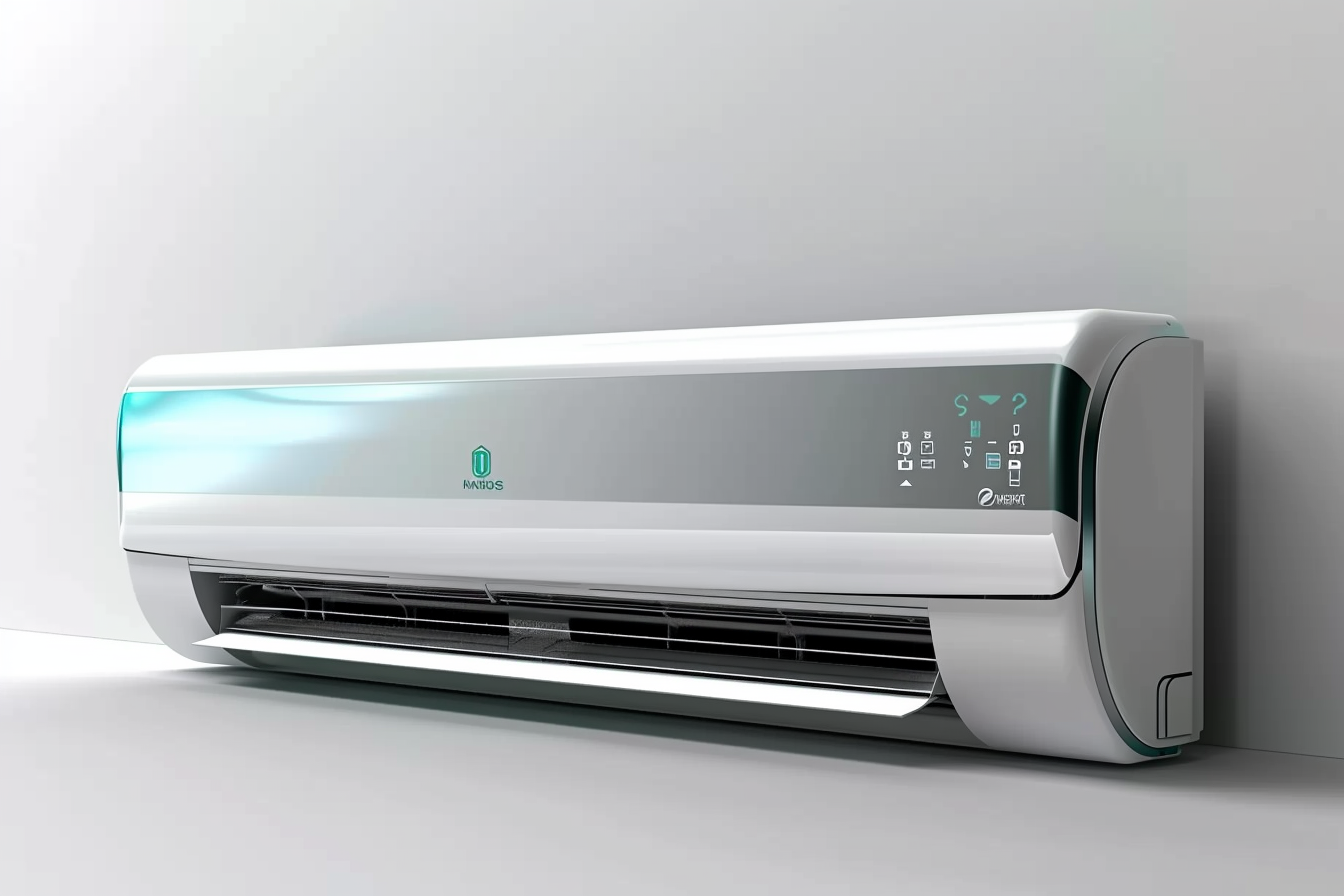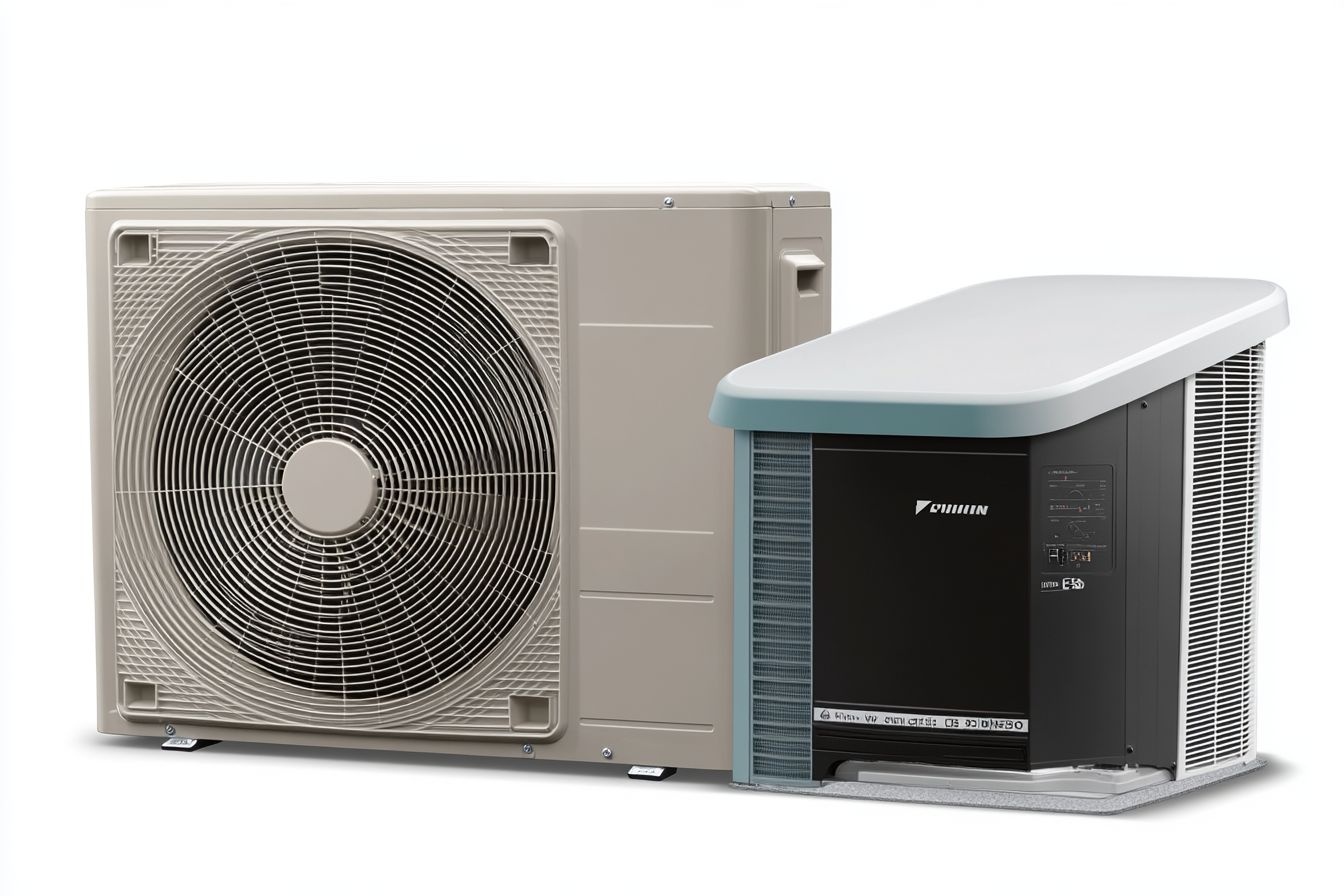Can a Portable Generator Power Your Home? Here’s the Truth
When the power goes out, many homeowners wonder if their portable generator can keep their entire house running. While portable generators offer valuable backup power during outages, the reality is more nuanced than simply plugging in and powering everything. Understanding generator capacity, electrical requirements, and safety considerations is crucial for making informed decisions about home backup power solutions.

Power outages can strike without warning, leaving families in the dark and without essential services. During these times, portable generators become invaluable tools for maintaining some level of normalcy. However, the question of whether a portable generator can truly power an entire home requires a detailed examination of electrical needs, generator capabilities, and practical limitations.
How Portable Generators Work and Their Home Power Limitations
Portable generators operate by converting mechanical energy into electrical energy through an internal combustion engine that drives an alternator. These units typically run on gasoline, propane, or diesel fuel and produce electricity at standard household voltages. Most residential portable generators range from 2,000 to 10,000 watts, with larger models reaching up to 15,000 watts.
The fundamental limitation lies in capacity. Average American homes consume between 28,000 to 30,000 watts during peak usage, far exceeding what most portable generators can provide. Even high-end portable units struggle to match the electrical demands of modern households running multiple appliances simultaneously.
What Appliances Can Portable Generators Realistically Power
Portable generators excel at powering essential appliances during outages, but prioritization becomes necessary. A typical 5,000-watt generator can simultaneously operate a refrigerator (700 watts), several LED lights (60 watts each), a television (150 watts), and a laptop computer (65 watts) with capacity to spare.
Larger appliances require careful consideration. Electric water heaters consume 4,000-5,500 watts, effectively using the entire capacity of most portable generators. Air conditioning units demand 3,000-5,000 watts for central systems, while window units require 500-1,500 watts. Electric stoves and ovens typically need 2,000-5,000 watts per burner or heating element.
Smaller essential items like phone chargers (5-10 watts), radios (10-20 watts), and medical devices often consume minimal power, making them ideal candidates for generator backup.
Essential Appliances vs. Whole House Power Comparison
The difference between powering essential appliances versus running an entire house represents a significant gap in electrical requirements. Essential power typically includes refrigeration, lighting, communication devices, and heating or cooling systems, totaling approximately 5,000-8,000 watts during normal operation.
Whole house power encompasses all electrical circuits, including non-essential items like electric dryers (3,000-5,000 watts), dishwashers (1,800 watts), garbage disposals (500-900 watts), and multiple entertainment systems. This comprehensive approach often requires 15,000-20,000 watts or more.
Most portable generators cannot bridge this gap effectively. Homeowners must choose between powering a few critical systems well or attempting to power everything inadequately, risking equipment damage and safety hazards.
Important Safety Precautions and Installation Tips
Safety considerations are paramount when using portable generators for home backup power. Carbon monoxide poisoning represents the most serious risk, as generators produce deadly exhaust gases. Units must operate outdoors, at least 20 feet from windows, doors, and vents, with exhaust directed away from the home.
Electrical safety requires proper connection methods. Transfer switches provide the safest installation option, isolating generator power from utility lines and preventing dangerous backfeed conditions that can electrocute utility workers. Manual transfer switches cost less than automatic systems but require homeowner operation during outages.
Never connect generators directly to household outlets or attempt to backfeed through appliance cords. These practices create fire hazards and electrical dangers. Professional installation of transfer switches ensures code compliance and optimal safety.
Fuel storage and handling demand attention to fire safety. Gasoline should be stored in approved containers away from heat sources, with fuel stabilizers added for long-term storage. Regular maintenance including oil changes, air filter replacement, and spark plug inspection keeps generators reliable when needed.
Choosing the Right Generator Size for Home Backup
Selecting appropriate generator capacity requires calculating essential electrical loads accurately. Start by listing critical appliances and their wattage requirements, remembering that motors and compressors need additional starting power, often 2-3 times their running wattage.
For basic emergency needs, 3,000-5,000 watt generators suffice for lighting, refrigeration, and communication devices. Mid-range 7,000-9,000 watt units can additionally power heating systems, well pumps, or window air conditioners. Large 10,000+ watt portable generators approach the capability of powering most essential home systems simultaneously.
Consider runtime requirements when sizing generators. Larger units consume more fuel per hour, affecting operational costs and refueling frequency during extended outages. Balance power needs with practical fuel management for optimal emergency preparedness.
| Generator Size | Power Output | Typical Applications | Estimated Cost Range |
|---|---|---|---|
| Small Portable | 2,000-4,000 watts | Lights, phone chargers, small appliances | $300-$800 |
| Medium Portable | 5,000-7,000 watts | Refrigerator, heating system, essential circuits | $600-$1,500 |
| Large Portable | 8,000-12,000 watts | Multiple appliances, well pump, window AC | $1,200-$3,000 |
| Heavy-Duty Portable | 13,000+ watts | Most essential home systems | $2,500-$5,000+ |
Prices, rates, or cost estimates mentioned in this article are based on the latest available information but may change over time. Independent research is advised before making financial decisions.
The reality of portable generator home power lies somewhere between complete electrical independence and basic emergency lighting. These versatile machines excel at maintaining essential services during outages but cannot typically replace full household electrical service. Understanding generator limitations, prioritizing electrical needs, and implementing proper safety measures enables homeowners to make informed decisions about backup power solutions. While portable generators may not power entire homes like utility service, they provide valuable peace of mind and essential functionality when the lights go out.




